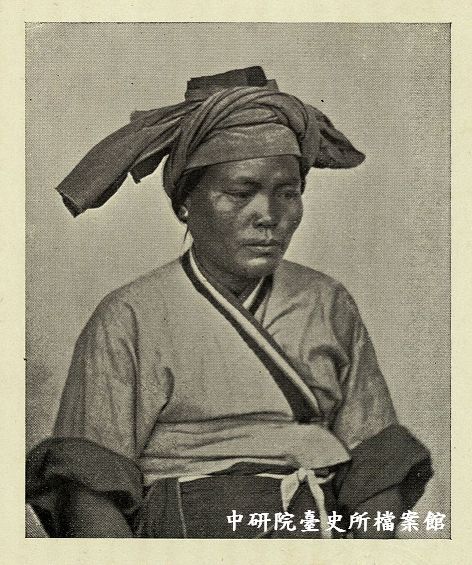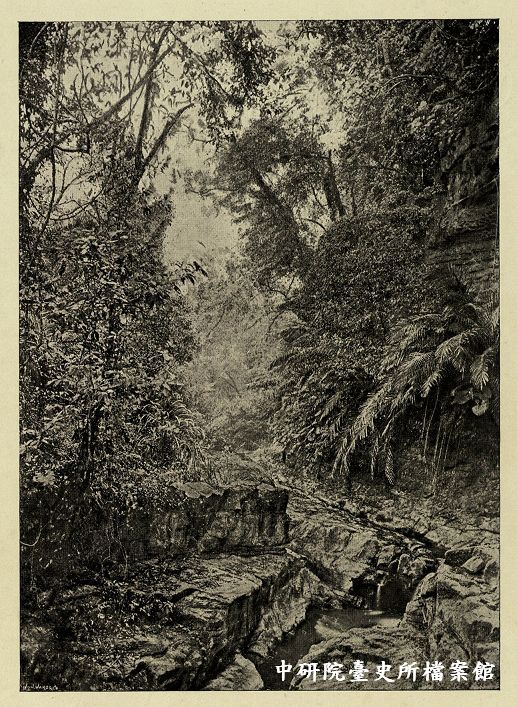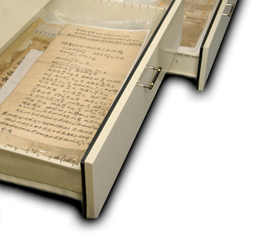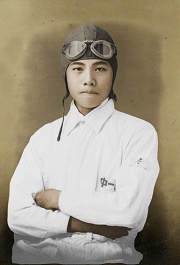|
John Thomson published Through China: with a Camera in 1898. Through his words and photographs, we can feel a western traveler’s feelings of his first visit in Taiwan. The hearsay of the aboriginal people in Taiwan could not stop Thomson’s curiosity toward them. However, his voyage to Taiwan was not easy since passing through the Taiwan Strait has never been an easy thing. Even worse, a Malaysian sailor told him that their ship might hit a reef and there were headhunters living on the island. Even though the rumors sounded scary, John Thomson still wanted to see Formosa in person. In fact, these rumors were actually from the incidents and conflicts between Japan and China at that time. In the end, the rumors affected John Thomson, causing him to change his traveling plans in Taiwan. After John Thomson and Dr. Maxwell reached the Port of Takao (Kaohsiung) in the early April in 1871, they soon met a Scottish pastor, Hugh Ritchie, who had been doing his missionary work in Takao. Hugh Ritchie told them that it was not safe to stay in the southern Taiwan so that John Thomson gave up on the idea of visiting the aboriginal peoples living there. He followed Dr. Maxwell and went northbound to Taiwan Prefecture and the areas where Taiwanese plain aborigines lived. They ended up visiting Bama (Zuojhen), Muzha (Neimen), Ganzailin, Jiaxianpu, (Jiaxian), Paozailiao, Laonong, and Liuguili. John Thomson used his camera to capture the images of the Taiwanese plain aborigines and the natural landscapes in Taiwan within a week.(see Figure 1 & 2)  Figure 1:The image of Neimen District of Taiwan through John Thomson’s lens
(Source:Through China : with a camera, the digital archives of the Archives of Institution of Taiwan History)   Figure2: The image of Laonong District of Taiwan through John Thomson’s lens
(Source:Through China : with a camera, the digital archives of the Archives of Institution of Taiwan History)
|
 |



